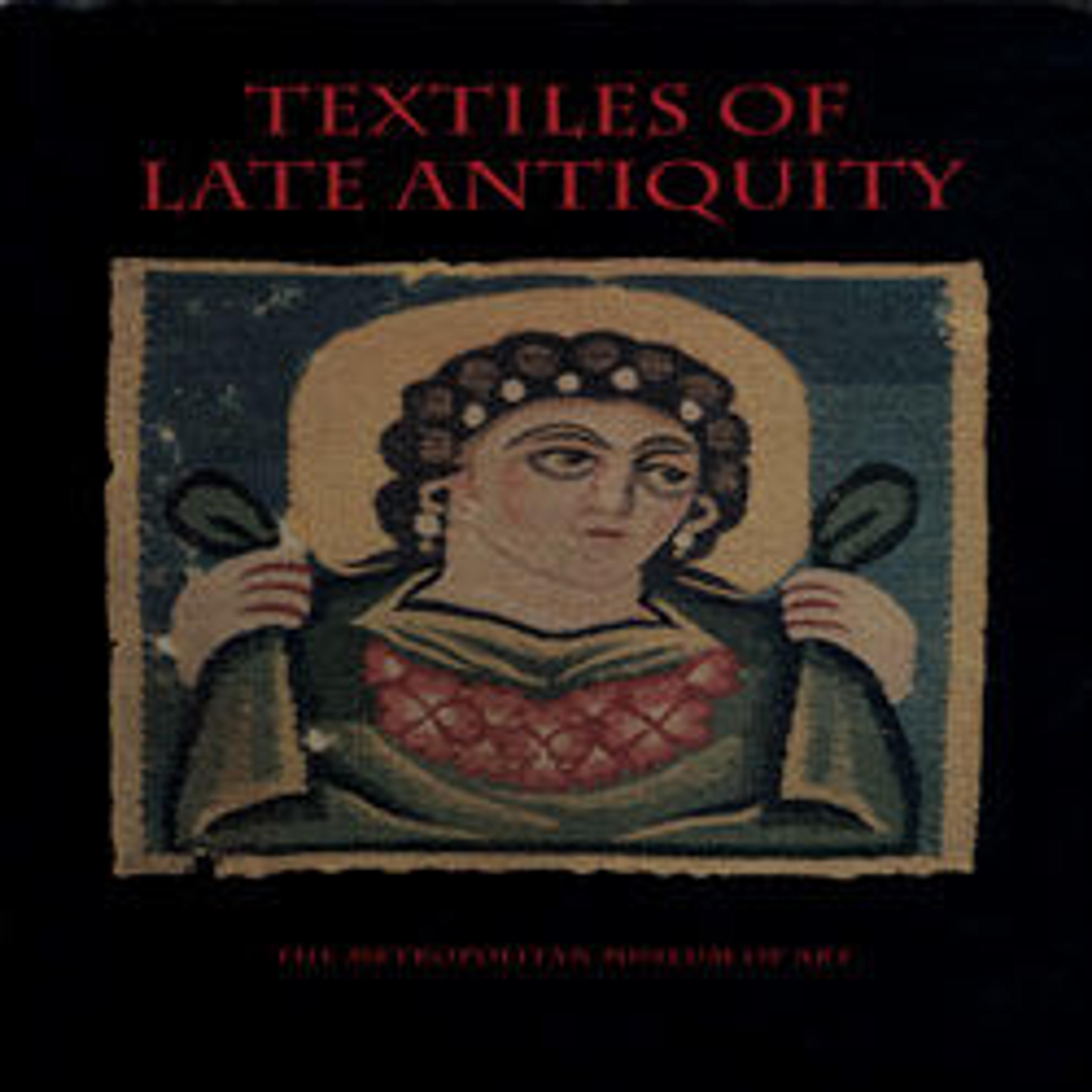Tiraz with Medallions
Inscribed textiles are called tiraz, from the Persian word for "embroidery." Many were produced in royal workshops and presented by rulers to honor courtiers and officials at formal ceremonies. Their inscriptions name and bless the current ruler or caliph—a reminder to the recipient that he owed his allegiance to that ruler. This tapestry-woven textile reflects a synthesis of styles common in early Islamic art. The abstract figural motifs in the horizontal band recall Late Antique prototypes. The pattern of alternating roundels and registers was widely used by Sasanian weavers. Above the horizontal band, the remaining fragments include an inscription in kufic script that suggests the textile may have functioned as a sleeve-band.
Artwork Details
- Title: Tiraz with Medallions
- Date: 8th–9th century
- Geography: Attributed to Egypt
- Medium: Wool; tapestry weave
- Dimensions: Textile:
H. 8 in. (20.3 cm)
W.12 in. (30.5 cm)
Mount:
H. 12 1/8 in. (30.8 cm)
W. 16 in. (40.6 cm) - Classification: Textiles-Woven
- Credit Line: Rogers Fund, 1974
- Object Number: 1974.113.4
- Curatorial Department: Islamic Art
More Artwork
Research Resources
The Met provides unparalleled resources for research and welcomes an international community of students and scholars. The Met's Open Access API is where creators and researchers can connect to the The Met collection. Open Access data and public domain images are available for unrestricted commercial and noncommercial use without permission or fee.
To request images under copyright and other restrictions, please use this Image Request form.
Feedback
We continue to research and examine historical and cultural context for objects in The Met collection. If you have comments or questions about this object record, please contact us using the form below. The Museum looks forward to receiving your comments.
